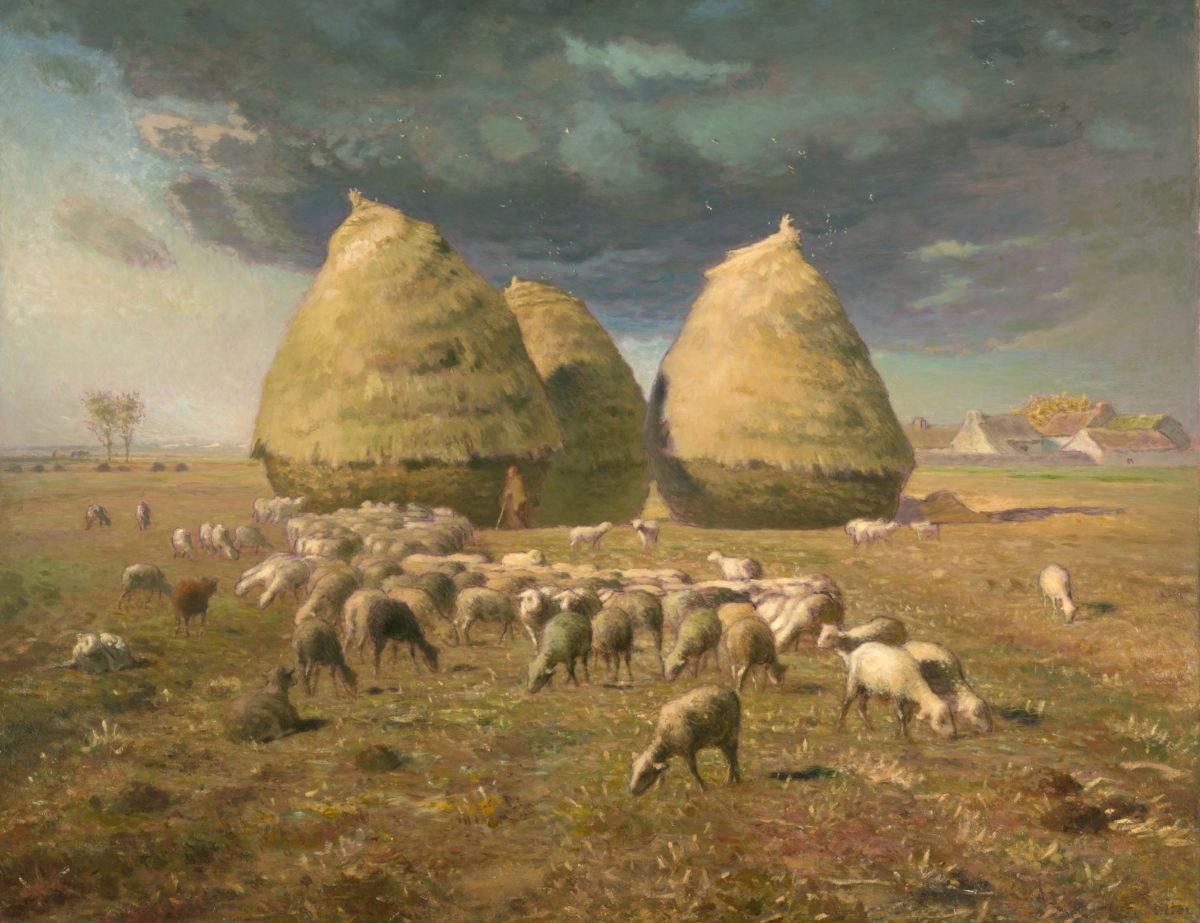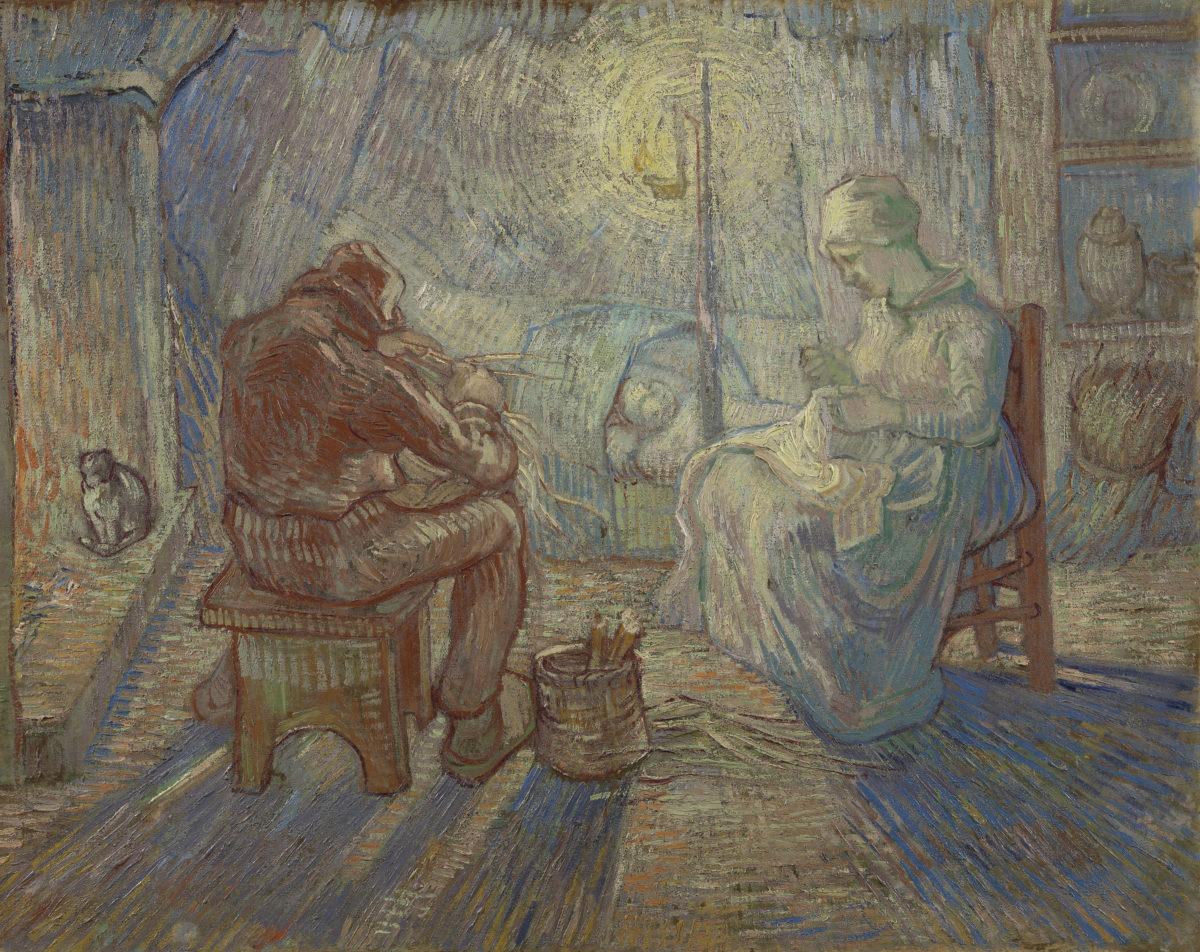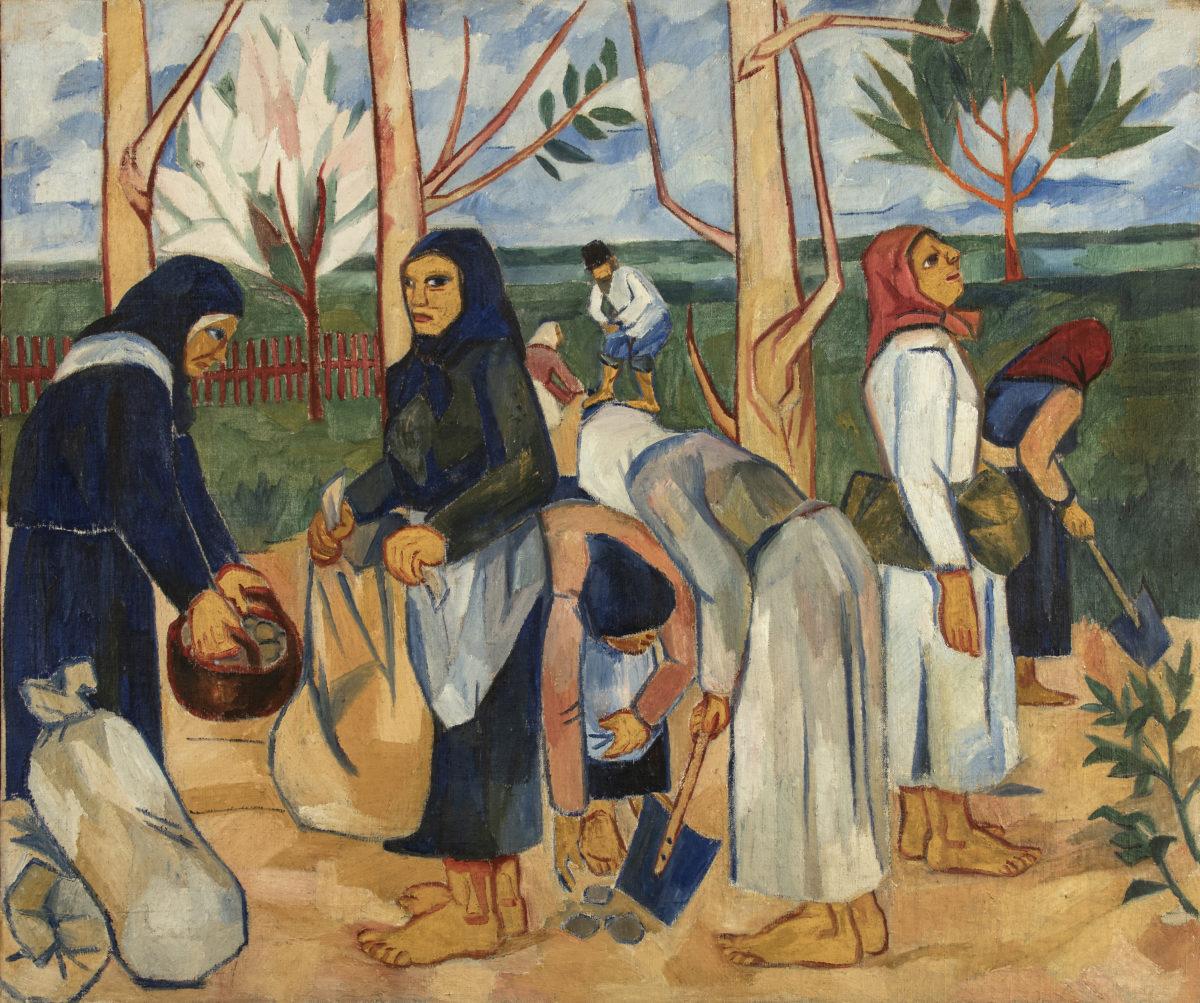Masterworks on loan from many of the world’s greatest museums situate Millet’s imagery within the context of work by a wide, international range of artists whom he influenced. Among the latter are the Dutchman Vincent van Gogh; the Frenchmen Camille Pissarro, Georges Seurat and Claude Monet; the Italian Giovanni Segantini; the American Winslow Homer; the German Paula Modersohn-Becker; the Norwegian Edvard Munch and the Spaniard Salvador Dalí.
Rural labor was always an important theme for Millet, and the exhibition looks at imagery such as the sower, the reaper, and the gleaner, in which the artist articulated his sympathy for the marginalized rural poor and suggested larger metaphorical narratives of birth and death. Millet’s work had a particularly deep impact on Van Gogh, who referred to him as “father Millet.”
The exhibition includes several iconic images by Van Gogh, including two important paintings of The Sower and the Musée d’Orsay’s rarely lent Starry Night, which predates van Gogh’s painting of the same title in the collection of the Museum of Modern Art, New York. Among the American artists represented in the show is Homer, whose The Bright Side reinterprets Millet’s imagery through the lens of race.
In the late 19th century, Millet’s drawings and pastels were often seen as more formally radical than his paintings.
The show includes important groupings of works on paper, demonstrating their impact on artists such as Georges Seurat. There is also a body of Millet’s little-known nude imagery that deeply affected Edgar Degas.































